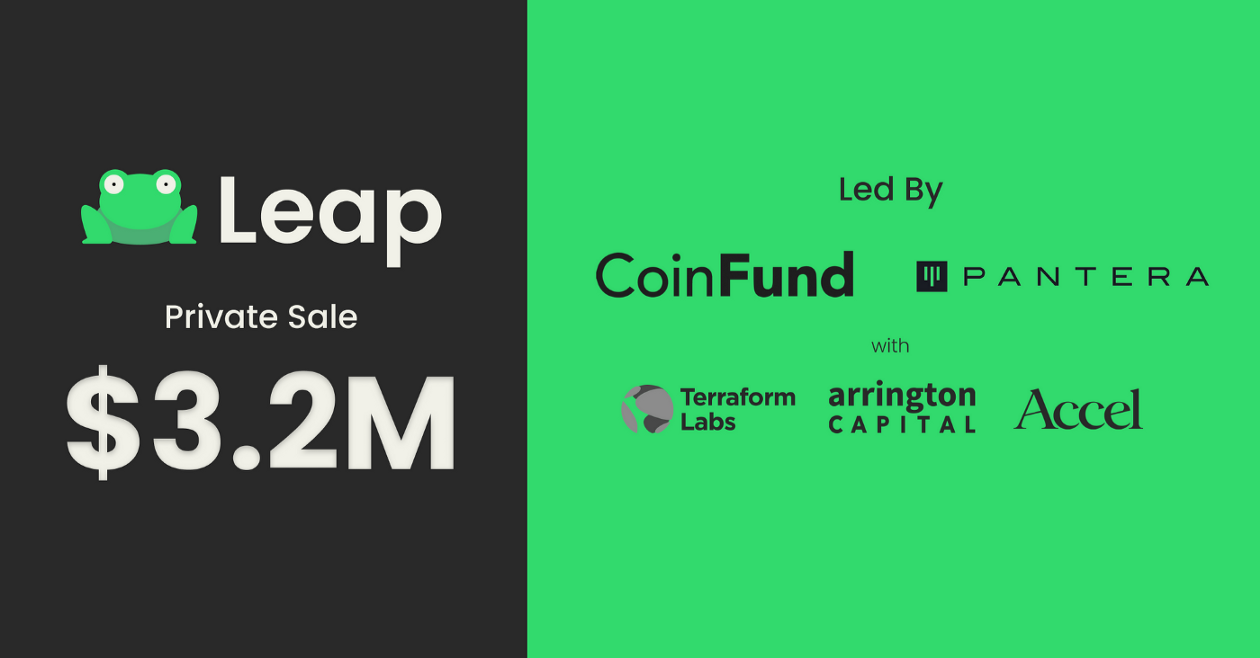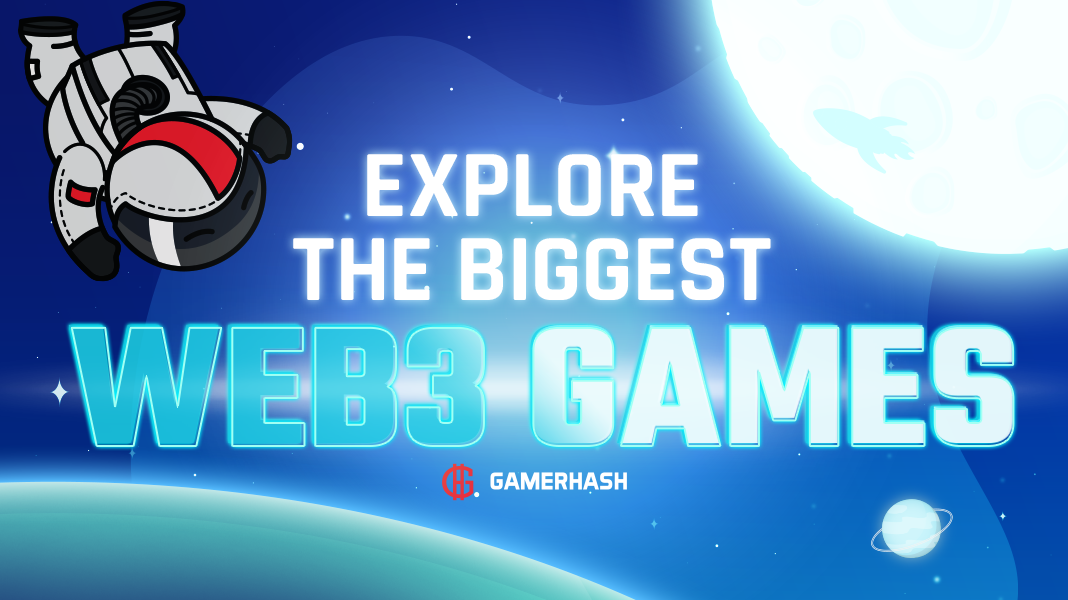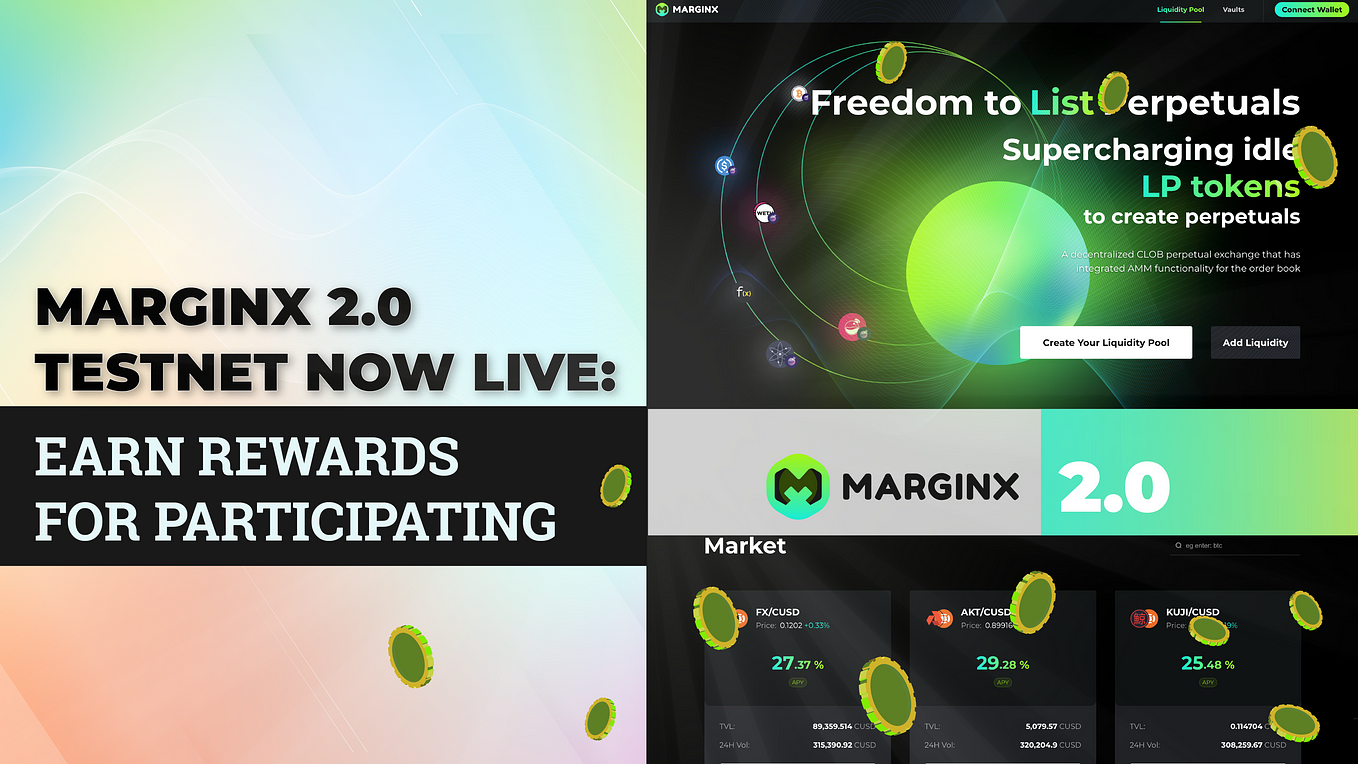—
What kind of market are we in today? Is it a bull market, a bear market, or something in between? Going to conferences is one of the best ways to truly get a sense of what’s happening on the ground. It allows for a firsthand view of how many developers are building in an ecosystem, what they are building, what challenges they face, what problems they see as the most important to solve, what holes exist in the tech stack that need to be filled, what unfulfilled customer demands exist, how mission driven are the builders, and seeing it all at once. Going to Breakpoint through the years has given me incredible insight into the state of Solana over time.
This was my second time attending Breakpoint. I went in 2021 to Lisbon, and was planning to go in 2022 but ended up tearing a ligament in my shoulder and had to stay home (was super disappointed to miss it but nevertheless followed along super closely!). In 2021, it was a classic bull market conference. Solana’s token price had recently surged as high as $250 from roughly $1 a year earlier. In November 2021, Solana had among the highest TVLs of any network and its blockchain design was winning over a lot of people with its emphasis on scalability, throughput, low latency, and broad composability. There were a lot of strong developers in attendance, developers from other ecosystems exploring cross-chain deployments or even migrating to Solana, a lot of investors, corporates, and even large Web2 companies. However, there were also people who didn’t really understand the tech and had just bought the token early and made a lot of money. Solana had a ton of promise but network adoption was nascent. Like everything else in crypto at the time, expectations were ahead of reality in the short term.
In 2022, the broader crypto market fell apart. The 3AC collapse, LUNA’s collapse, and the failures of BlockFi, Voyager, and Celsius triggered a cascade of fear and instability, driving token prices lower and imperiling all of the good actors building in crypto. The $SOL token price went down from $200+ to around $30 (almost every other major asset also went down just as much or more). Solana experienced network instability which hurt its credibility in the short term. Some large applications fell by the wayside. Many of the early token releases had short sighted token designs with low circulating floats and high FDVs which hurt the ecosystem. Nevertheless, the community showed lots of resilience (more on that to come), stuck around in the ecosystem, made improvements that would harden the tech, and new green shoots began to emerge. Solana emerged as the unrivaled #2 NFT ecosystem, second only to Ethereum. The momentum of innovation and high-visibility partnerships was palpable. Helium announced its migration to Solana from running on its own network. QUIC and stake weighted QOS were deployed. Fee markets along with priority fees were being rolled out. Transaction size increases, compact vote state, and Firedancer were under development. The Saga phone was announced, increasing the network emphasis on mobile adoption.
Breakpoint 2022 was a bear market conference, in all of the best ways. The focus was on building and improving the infrastructure that would support the next wave of use cases, and improve the user experience of current ones. A lot of core technology had been announced, was on testnet, or was being deployed. Market sentiment broadly was weak, but the Solana community stuck around and was building as hard as ever. Then as the community was returning home from the conference, the FTX news broke. FTX and Alameda Research had been one of the largest supporters of the Solana ecosystem, in terms of investment, liquidity, visibility, and infrastructure. Solana’s token price dropped from $30 to sub $10. People openly questioned if Solana would survive the fallout of FTX’s fraud and the void it would create. Many said Solana was dead. The worst forms of tribalism emerged where some people in crypto even seemed to take joy in a high flying ecosystem falling from grace. Despite all of this, it was immediately apparent Solana wasn’t going anywhere. The community came together like almost nothing I’ve seen before in crypto. Founders supported other founders. Where some investors left, others dug in. Solana crypto twitter was a place of constant encouragement, resilience, and support. The community put together the Sandstorm Hackathon to drive development. BONK was released as a rallying cry. Some NFT collections left Solana, but the users and NFT liquidity on Solana didn’t. It remained as strong as ever. New NFT projects such as Mad Lads and Claynosaurs that began in the bear market became powerhouses. Render announced it would be moving to Solana. DeFi began to re-emerge. Visa announced it would build on Solana. MakerDAO teased the potential for the development of their native chain to be an SVM chain. Some of the more maximalist crypto participants began to wonder whether they were being too hasty dismissing Solana. After hardening its network stability, Solana’s tech again began to speak for itself. Its multi-threaded architecture allows for local fee markets, parallelization, and scaling with modern hardware (validator hardware requirements are actually going down at the same time). This means applications don’t need to fight for network resources and face unpredictable fees. It also means scaling can happen on the L1 without the need for additional execution environments that often sacrifice composability and/or decentralization. Compressed NFTs make minting NFTs 100x cheaper than on other networks, and this will expand to broad based data compression over time. This means we can have more than just 10K PFP collections but also DePin networks, games with millions of in-game items, and onchain loyalty programs designed for global scale. Solana also became much more than just an L1 but rather the SVM became a key piece of infrastructure for modular blockchain design. SVM appchains, SVM L2s secured by other networks, and more. Going into Breakpoint 2023, the tide was turning, but not everyone in crypto was yet following all of the progress made in the past year since the fallout of FTX.
Breakpoint 2023 felt very much like where Solana would have been had FTX not happened at all. This is not to understate the hole the community had to dig itself out of, but rather a testament to just how hard everyone worked to make that happen. Breakpoint 2023 was teeming with really high quality, top echelon, builders. Teams building not just in one segment but across infra, DeFi, wallets, NFTs, DePin, and more. Almost all of the Solana infrastructure improvements that were discussed in 2022, had been implemented. While the conference was full of excitement, it was excitement with purpose and drive. There weren’t any of the conference tourists that emerge in bull markets, but the sentiment around the potential of the year ahead felt like a regime shift was happening, moving from the bear market firmly into the bull market. While the $SOL token price almost doubled leading up to and during the conference (moving from ~$20 to as high as $47), there was very little price talk. Rather there was an acknowledgement that token price rallies are at most great content marketing to bring in new users and developers, but in reality, mean very little otherwise. There was a self awareness that for moves higher to be sustainable, we need more on chain users, more traction, more applications, more use cases. And there was a laser focus to make that happen. A self awareness permeated the conference about the work to be done but with clear sense that the pieces are in place to make that happen. Leaving Breakpoint 2023, I am more bullish than ever on the future of Solana and confident in the prominent role it will play in the mainstream adoption of crypto.
I expect the next 24 months will be where the rubber hits the road and so many of the use cases that Solana uniquely enables will be built. This includes highly performant and composable DeFi, payments applications that are an order of magnitude better from both cost and speed than their Web2 or traditional banking alternatives, pioneering decentralized physical infrastructure networks (DePIN), internet scale NFTs, mobile optimized consumer applications in gaming and social, next generation wallets, and the infrastructure to support all of the above. If you are building in any of these areas or beyond, I’d love to chat.
Disclaimer: The views expressed here are those of the individual CoinFund Management LLC (“CoinFund”) personnel quoted and are not the views of CoinFund or its affiliates. Certain information contained herein has been obtained from third-party sources, which may include portfolio companies of funds managed by CoinFund. While taken from sources believed to be reliable, CoinFund has not independently verified such information and makes no representations about the enduring accuracy of the information or its appropriateness for a given situation.
This content is provided for informational purposes only, and should not be relied upon as legal, business, investment, or tax advice. You should consult your own advisers as to those matters. References to any securities or digital assets are for illustrative purposes only, and do not constitute an investment recommendation or offer to provide investment advisory services. Furthermore, this content is not directed at nor intended for use by any investors or prospective investors, and may not under any circumstances be relied upon when making a decision to invest in any fund managed by CoinFund. An offer to invest in a CoinFund fund will be made only by the private placement memorandum, subscription agreement, and other relevant documentation of any such fund and should be read in their entirety. Any investments or portfolio companies mentioned, referred to, or described are not representative of all investments in vehicles managed by CoinFund, and there can be no assurance that the investments will be profitable or that other investments made in the future will have similar characteristics or results. A list of investments made by funds managed by CoinFund (excluding investments for which the issuer has not provided permission for CoinFund to disclose publicly as well as unannounced investments in publicly traded digital assets) is available at https://www.coinfund.io/portfolio.
Charts and graphs provided within are for informational purposes solely and should not be relied upon when making any investment decision. Past performance is not indicative of future results. The content speaks only as of the date indicated. Any projections, estimates, forecasts, targets, prospects, and/or opinions expressed in these materials are subject to change without notice and may differ or be contrary to opinions expressed by others. This presentation contains “forward-looking statements,” which can be identified by the use of forward-looking terminology such as “may”, “will”, “should”, “expect”, “anticipate”, “project”, “estimate”, “intend”, “continue” or “believe” or the negatives thereof or other variations thereon or comparable terminology. Due to various risks and uncertainties, actual events or results may differ materially and adversely from those reflected or contemplated in the forward-looking statements.
—
—
- SEO Powered Content & PR Distribution. Get Amplified Today.
- PlatoData.Network Vertical Generative Ai. Empower Yourself. Access Here.
- PlatoAiStream. Web3 Intelligence. Knowledge Amplified. Access Here.
- PlatoESG. Carbon, CleanTech, Energy, Environment, Solar, Waste Management. Access Here.
- PlatoHealth. Biotech and Clinical Trials Intelligence. Access Here.
- Source: https://blog.coinfund.io/reflecting-on-breakpoint-2023-and-the-state-of-solana-8a64950ec832?source=rss—-f5f136d48fc3—4













